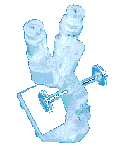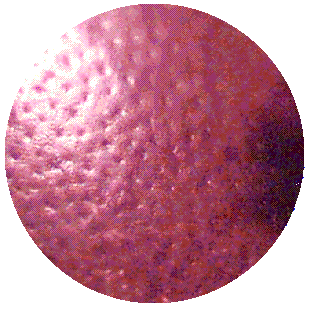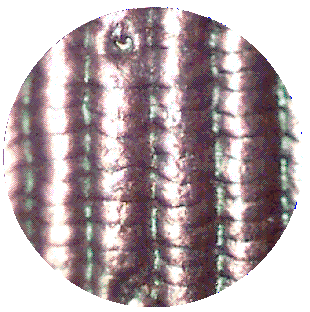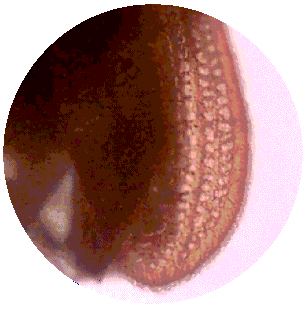
Consulting Entomologist

Tel/Fax: 01275 854224
E-Mail: [email protected]
Site Guide
Site Search
Home Page
Career Page
Insect Files
- Contents
- Bug Index
- The World of Bugs
- Classification of Bugs
- Insect Identification
- Insect Fossils
- Insect Body-parts
- Micro View of Bugs
- Insect Life Cycles
- Insect Defences
- Insects of Nailsea
- Pesticide Safety
- Bibliography
Shortcut to the main groups of insects and other arthropods...
Bug Rhymes & Poems
Links
Shop
Payments (credit/debit card)
Micro View of BugsSome examples of the weird and wonderful micro-structure of insects and other arthropods. All can be seen with low power microscope (up to x200). Almost any insect or other 'creepy-crawly' found around the house or garden can reveal a hidden world of minute hairs, spines, scales and delicate sculpturing over the body surface. The colour patterns on the body and wings of insects are often due to one or other of these microscopic features. |
 |
Beetle Wing-cases (Elytra) |

The elytra of the 7-spot ladybird (Coccinella septempunctata) are relatively smooth and shiny, with only very small, fine punctures scattered over the surface. The dark area on right is one of the black spots which adorn the red wing-cases of this beetle (incident light, x200). |
The elytra of the pine weevil (Hylobius abietis) have a rough, bumpy surface with patches of pale, scale-like hairs (incident light, x60). |
|
The elytra of the ground beetle, Carabus granulatus, have pronounced ridges and rows of large bumps arranged in alternate parallel lines over the surface (incident light, x60). |

The elytra of the ground beetle, Calosoma, have closely spaced riges and troughs in parallel lines. These striations (or striae) are interupted only by occasional large pits or punctures, like those at the top and bottom of the picture. The striae have very fine and regular cross-ridges which diffract light to produce a bright irridescent green and reddish-purple reflection, making this a very striking and colourful beetle (incident light, x60). |
|
The elytra of the lycid beetle, Platycis minutus, have irregular ridges and cross pieces forming a course lattice pattern (incident light, x60). |

The lattice pattern on the elytra of the lycid beetle, Platycis minutus, is best seen with light shining from below through the wing-cases, as in the picture above (transmitted light, x60). |
|
<<<
CONTENTS |
NEXT
>>> |
| <<< TOP | (use the back button on your web browser to return to the previous page) | TOP >>> |